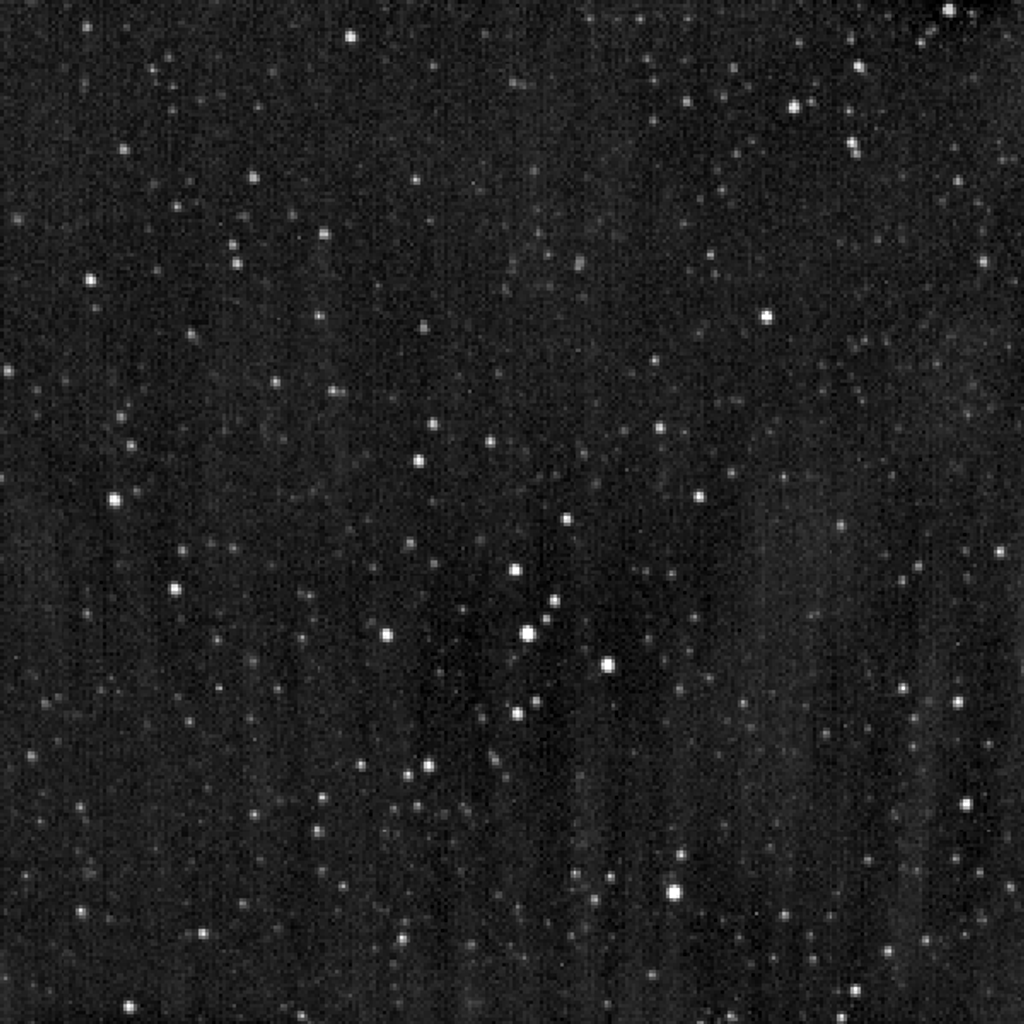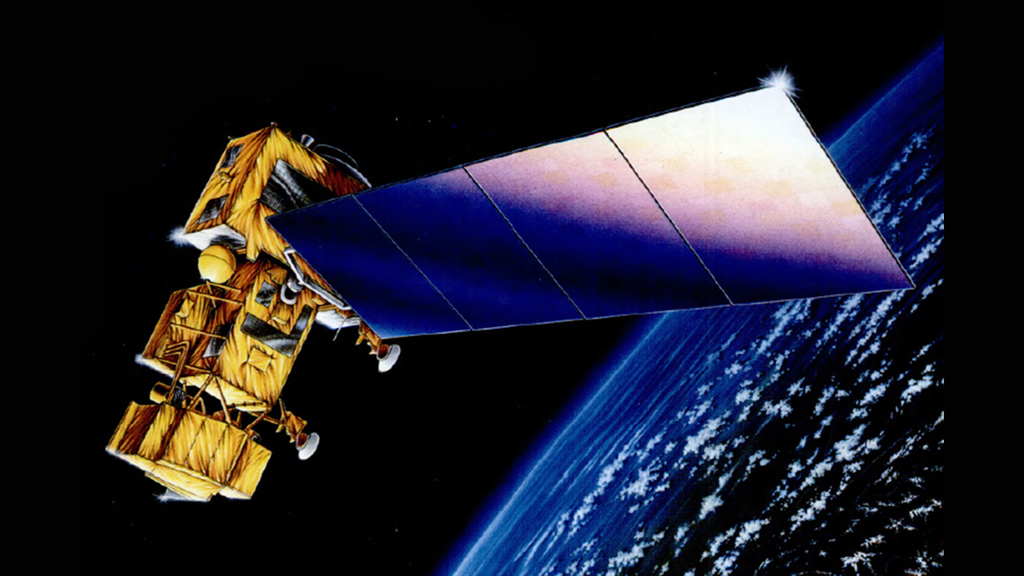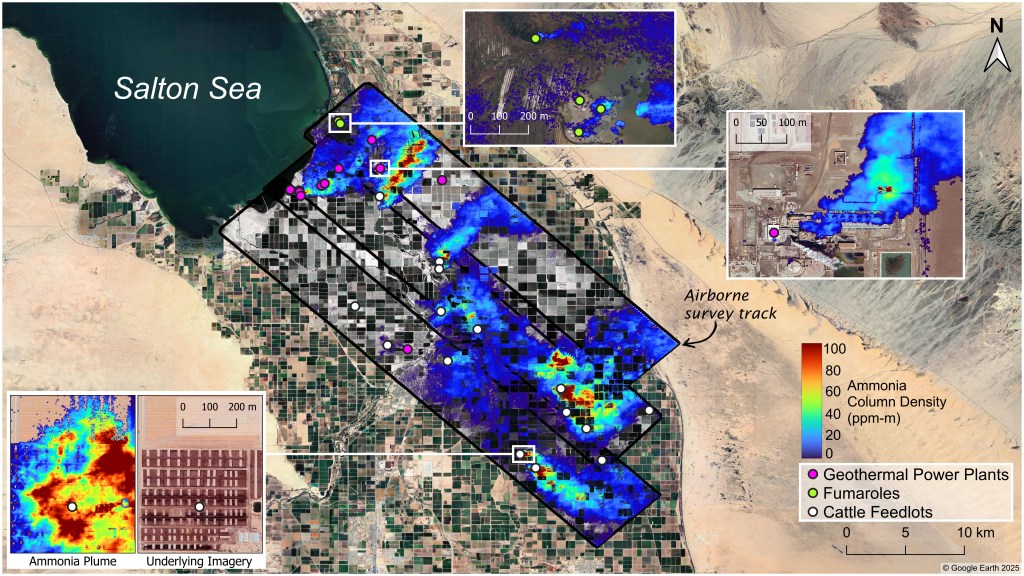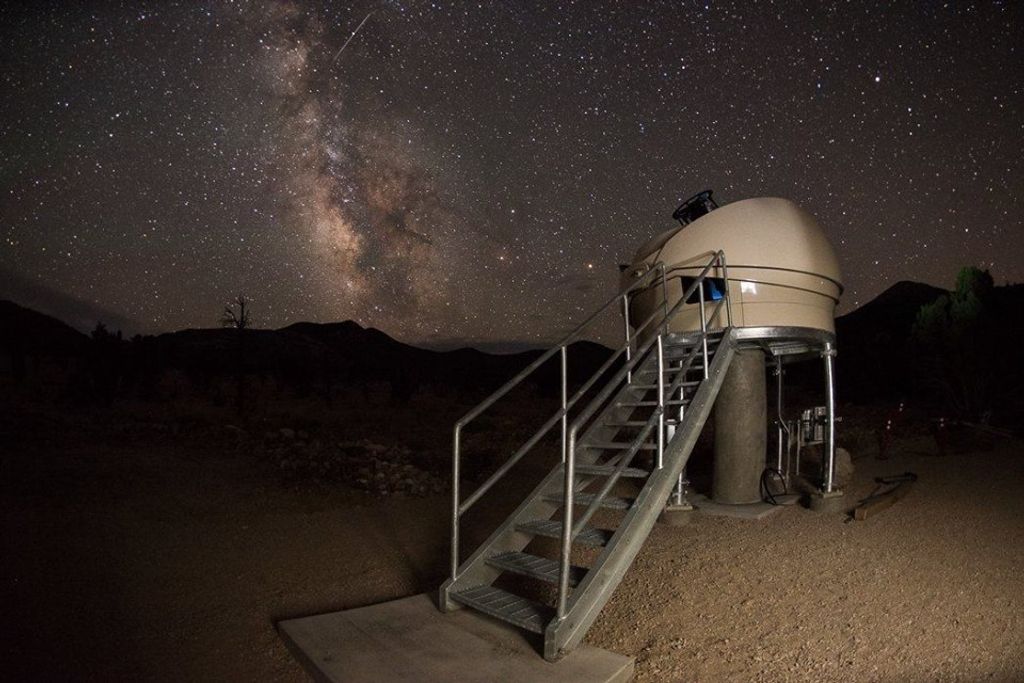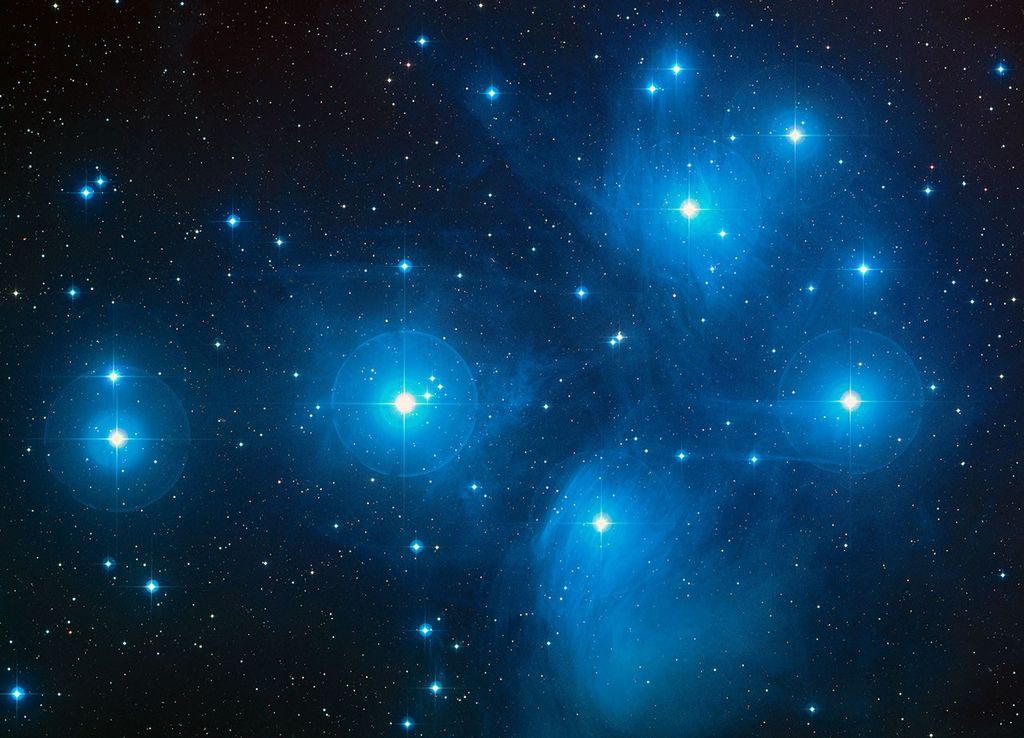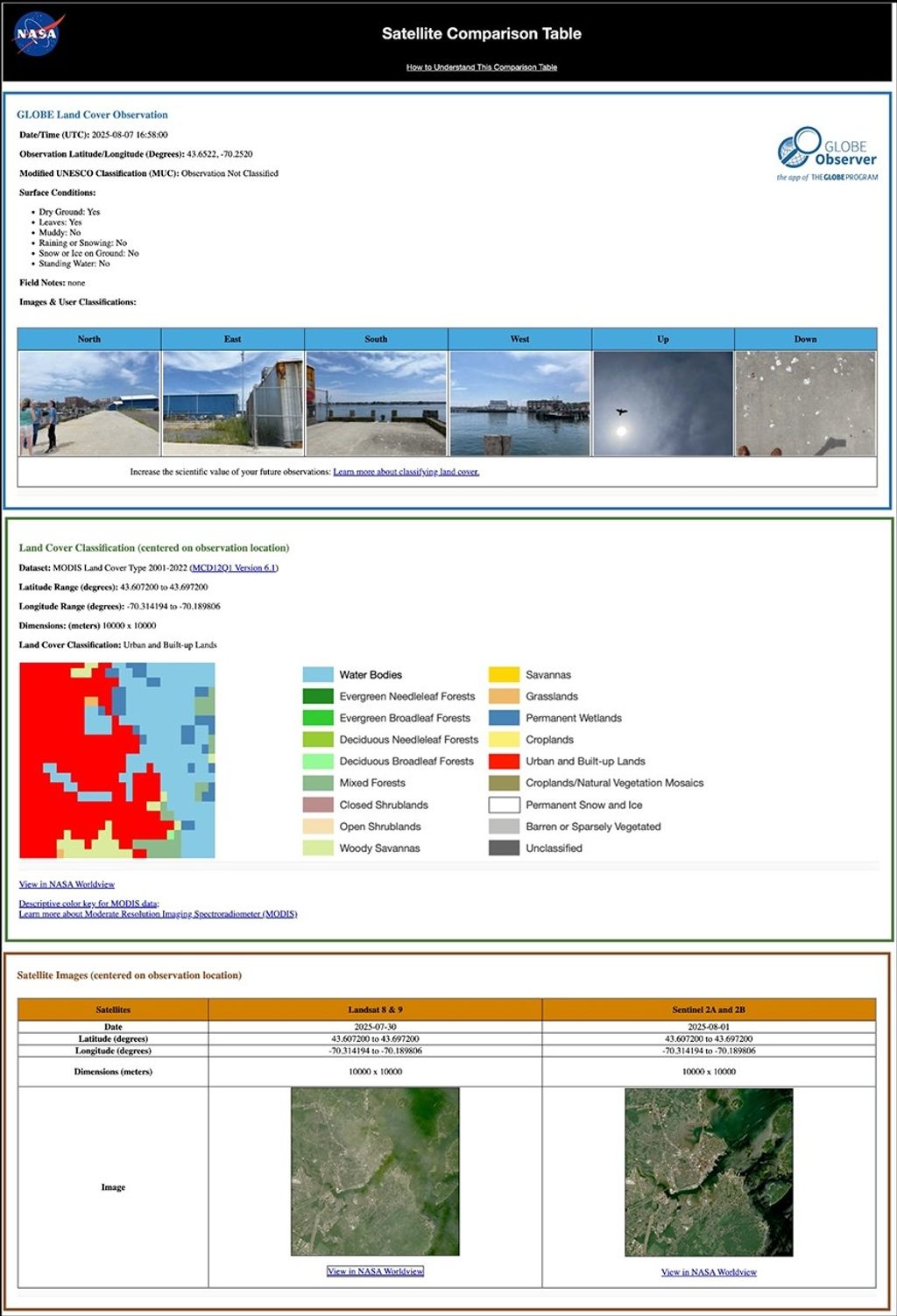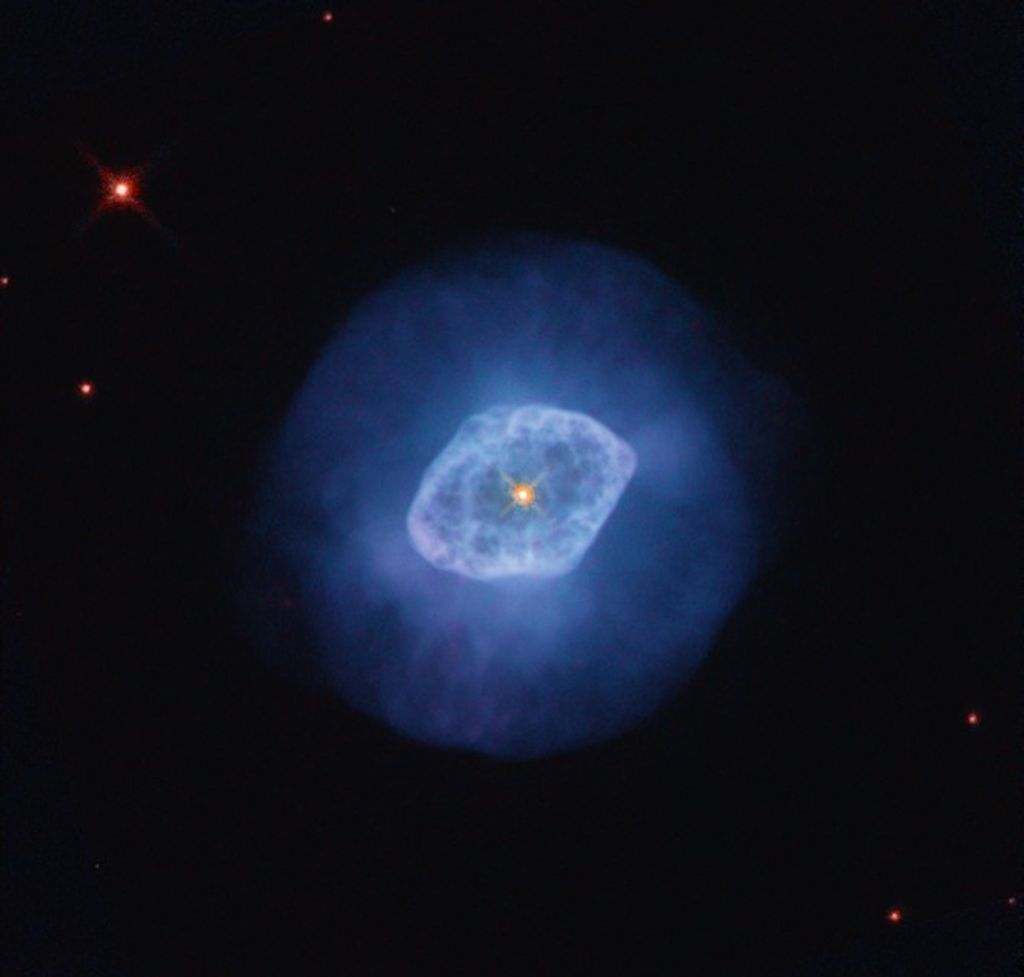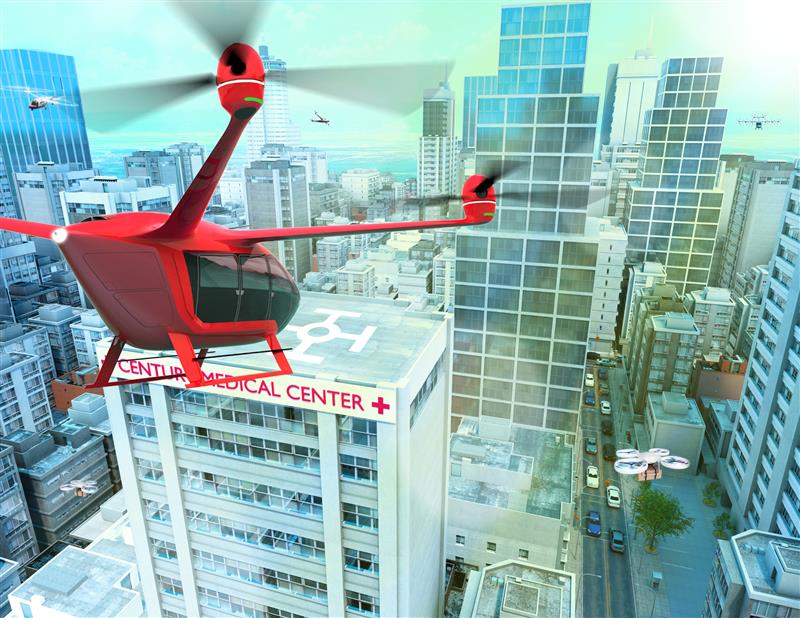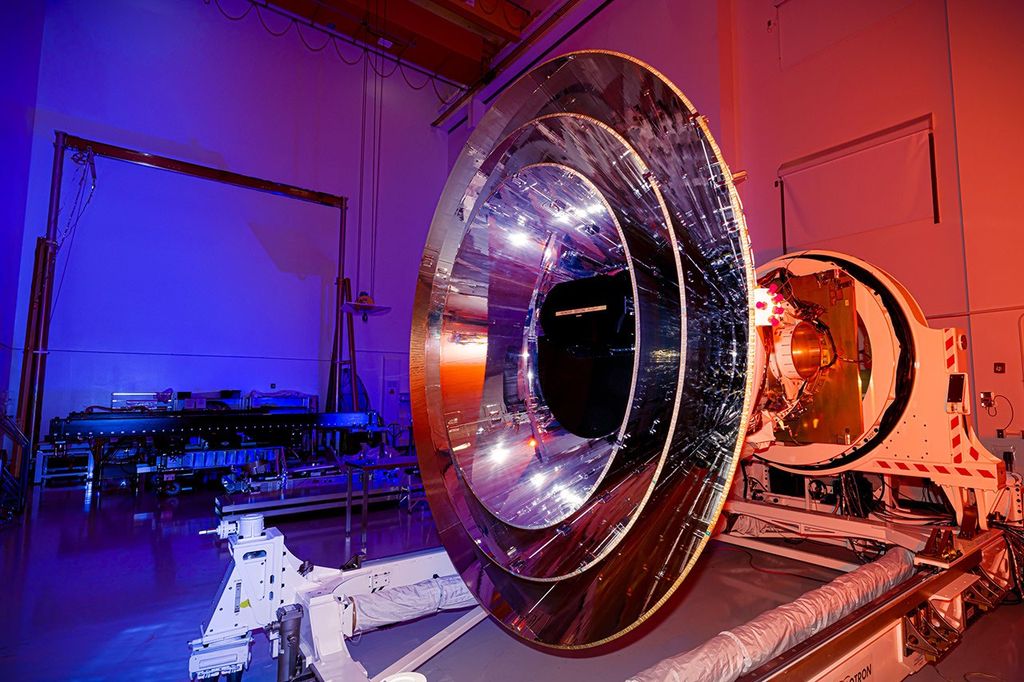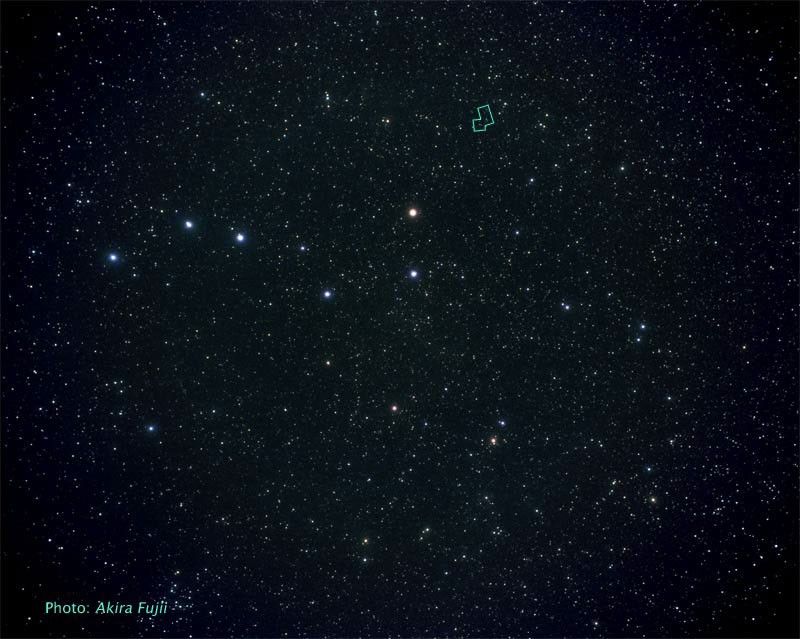1 min read
Chandra/Hubble/Spitzer X-ray/Visible/Infrared Image of M82

About the Object
- R.A. PositionR.A. PositionRight ascension – analogous to longitude – is one component of an object's position.09h 55m 52.0s
- Dec. PositionDec. PositionDeclination – analogous to latitude – is one component of an object's position.69° 40' 48.99"
- ConstellationConstellationOne of 88 recognized regions of the celestial sphere in which the object appears.Ursa Major
- DistanceDistanceThe physical distance from Earth to the astronomical object. Distances within our solar system are usually measured in Astronomical Units (AU). Distances between stars are usually measured in light-years. Interstellar distances can also be measured in parsecs.12 million light-years (3.7 Megaparsecs)
About the Data
- InstrumentInstrumentThe science instrument used to produce the data.HST>ACS/WFC, CXO>X-ray, SST>Infrared
- Object NameObject NameA name or catalog number that astronomers use to identify an astronomical object.M82, NGC 3034
- Object DescriptionObject DescriptionThe type of astronomical object.Starburst Galaxy
- Release DateApril 24, 2006
- Science ReleaseHappy Sweet Sixteen, Hubble Telescope!
- Credit

Blue: X-ray Yellow-green: F435W (B) Orange: F658N (H alpha) Red: Infrared
Related Images & Videos

Happy Sweet Sixteen, Hubble Telescope! – Starburst Galaxy M82
To celebrate the Hubble Space Telescope's 16 years of success, the two space agencies involved in the project, NASA and the European Space Agency (ESA), are releasing this image of the magnificent starburst galaxy, Messier 82 (M82). This mosaic image is the sharpest wide-angle...

Active Galaxy M82 Details
Details in the Hubble Space Telescope image of the active galaxy M82. Left: A portion of M82's bluish disk, largely composed of young, hot stars. Numerous bright blue-white star-forming clumps and wisps of darker, cooler dust and gas appear superimposed on the disk. Center: The...
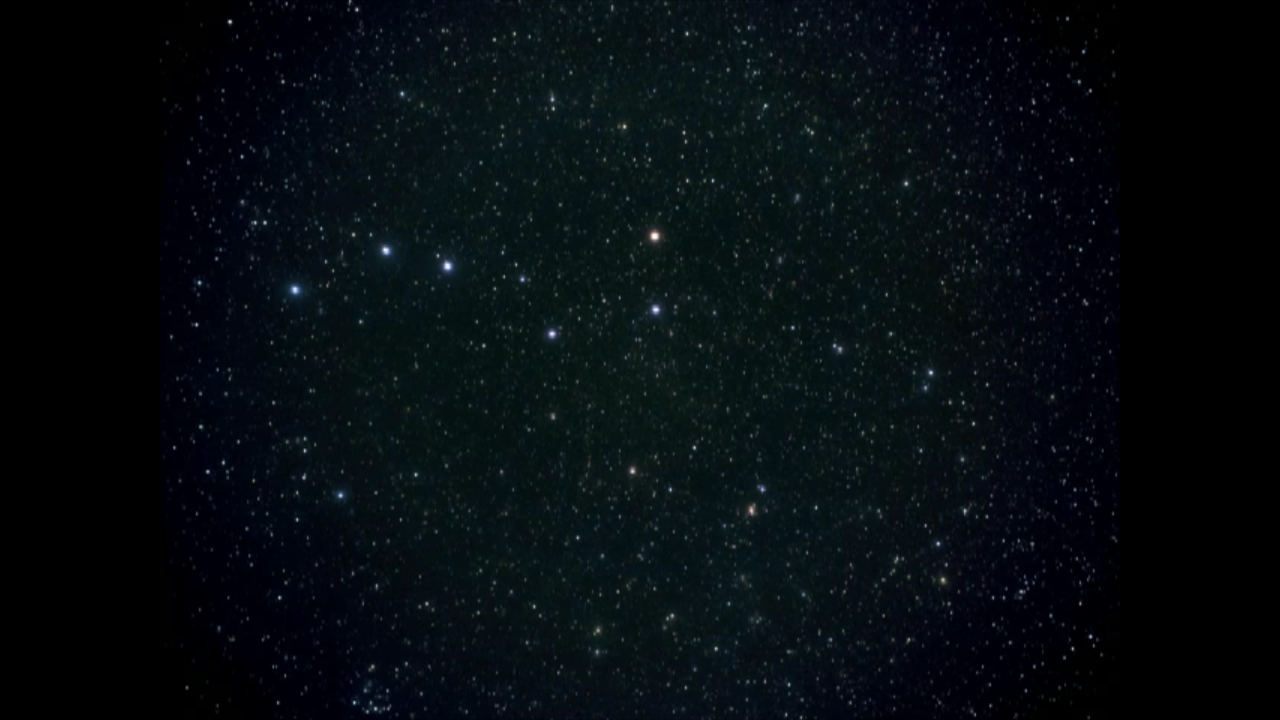
Zoom Animation into M82
Zoom through the northern spring sky, in the direction of the constellation Ursa Major, the Great Bear, to the galaxy known as Messier 82 (M82), or the Cigar Galaxy. The observations were made by Hubble's Advanced Camera for Surveys. Astronomers combined four color-filter images...

Pan Across M82 (Details to Full-field: Forward)
Fiery-looking plumes of glowing hydrogen are blasting out of the central nucleus of the galaxy M82. Panning across the elliptical center, bright patches of star clumps, dust lanes and individual star clusters are resolved in these sharp Hubble images. Stars are crammed into tiny...
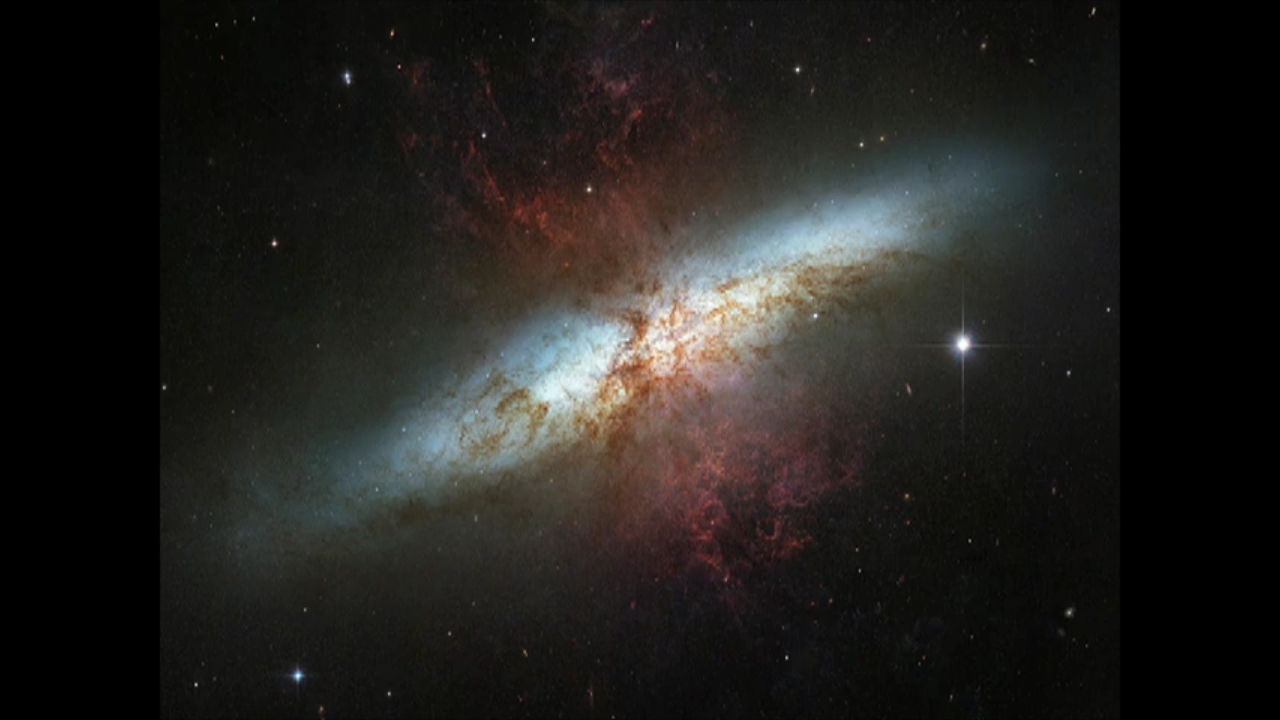
Pan Across M82 (Full-field to Details: Reverse)
Stars are crammed into tiny but massive star clusters that congregate by the dozens to form super star clusters in the core of M82. Panning across the elliptical center, bright patches of star clumps, dust lanes and individual star clusters are resolved in these sharp Hubble...
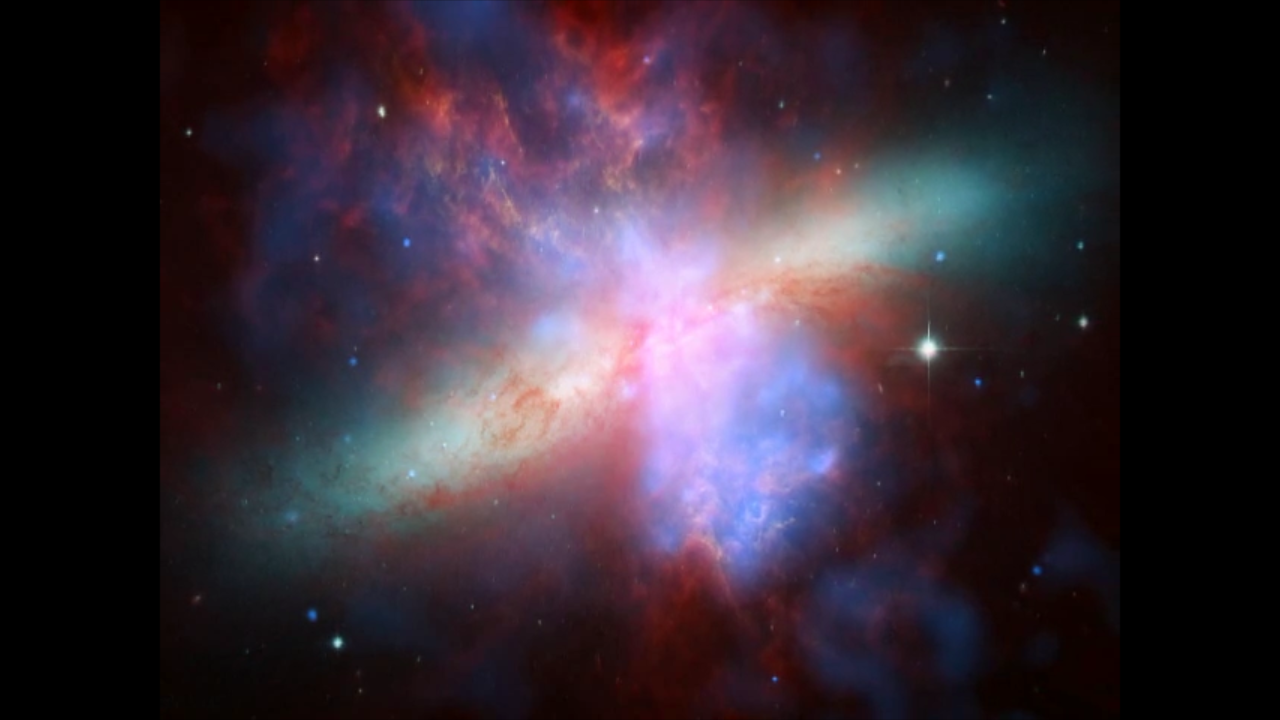
M82 Great Observatories – Chandra/Spitzer/Hubble
M82 is shown in all its wavelength glory. Dissolving from Chandra X-ray Observatory images of three X-ray energy bands to images in three bands of the infrared spectrum taken by the Spitzer Space Telescope, and ending with the Hubble Space Telescope's visible- and near-infrared-...
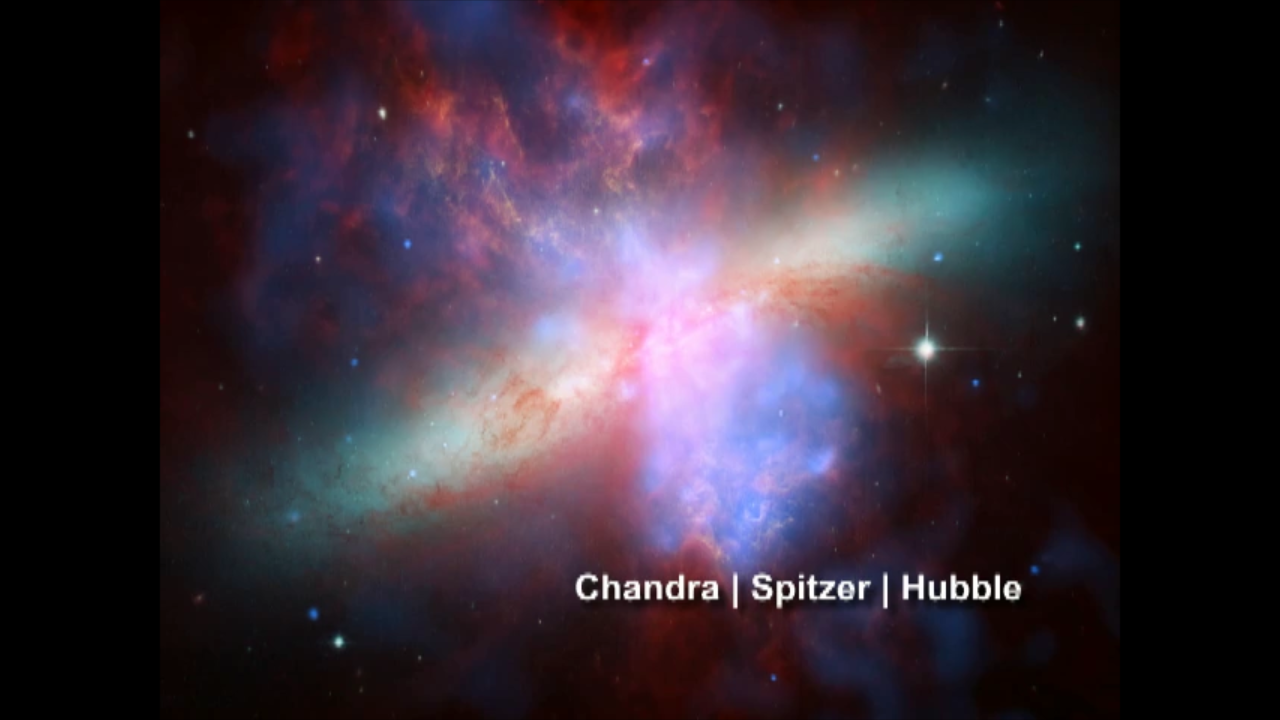
M82 Great Observatories – Chandra/Spitzer/Hubble (Annotated)
M82 is shown in all its wavelength glory and annotated to mention each observatory. Dissolving from Chandra X-ray Observatory images of three X-ray energy bands to images in three bands of the infrared spectrum taken by the Spitzer Space Telescope, and ending with the Hubble...
Share
Details
Claire Andreoli
NASA’s Goddard Space Flight Center
Greenbelt, Maryland
claire.andreoli@nasa.gov






